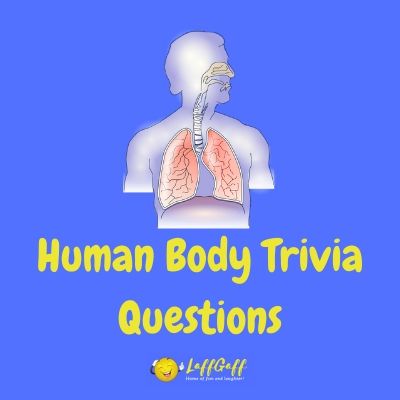Question: What does a sphygmomanometer measure?
Show answer
Blood pressure.
A sphygmomanometer is a medical instrument used to measure blood pressure. The term “sphygmomanometer” is derived from the Greek words “sphygmos,” which means “pulse,” and “manometer,” referring to a device that measures pressure. Accurately gauging blood pressure is crucial in assessing cardiovascular health, as consistent high or low readings can indicate potential health issues.
Blood pressure is expressed as two values: systolic and diastolic. The systolic pressure, the higher of the two values, measures the force exerted on the walls of the arteries when the heart contracts and pumps blood into them. The diastolic pressure, the lower value, gauges the force exerted on the artery walls when the heart is at rest between beats. Blood pressure readings are typically given in millimeters of mercury (mmHg) and might look something like “120/80 mmHg,” where 120 is the systolic pressure and 80 is the diastolic pressure.
The sphygmomanometer typically consists of an inflatable cuff that is wrapped around the upper arm, a bulb for inflating the cuff, and a gauge for reading the pressure. To take a reading, the cuff is inflated to constrict the brachial artery temporarily. As the cuff is slowly deflated, the examiner uses a stethoscope to listen to the blood flow in the artery. The first audible pulsing sound indicates the systolic pressure, and the sound’s disappearance marks the diastolic pressure.
With advancements in technology, digital sphygmomanometers have become more prevalent. These devices can automatically inflate the cuff, measure the pressure, and provide a digital readout, making the process more straightforward and often more accurate for non-professionals.
Maintaining an appropriate blood pressure range is crucial for health. Chronic high blood pressure, or hypertension, can lead to serious conditions like heart disease, stroke, and kidney problems. On the other hand, chronic low blood pressure, or hypotension, can result in dizziness and fainting. Regularly monitoring blood pressure using a sphygmomanometer can help detect these conditions early, allowing for timely intervention and management.



